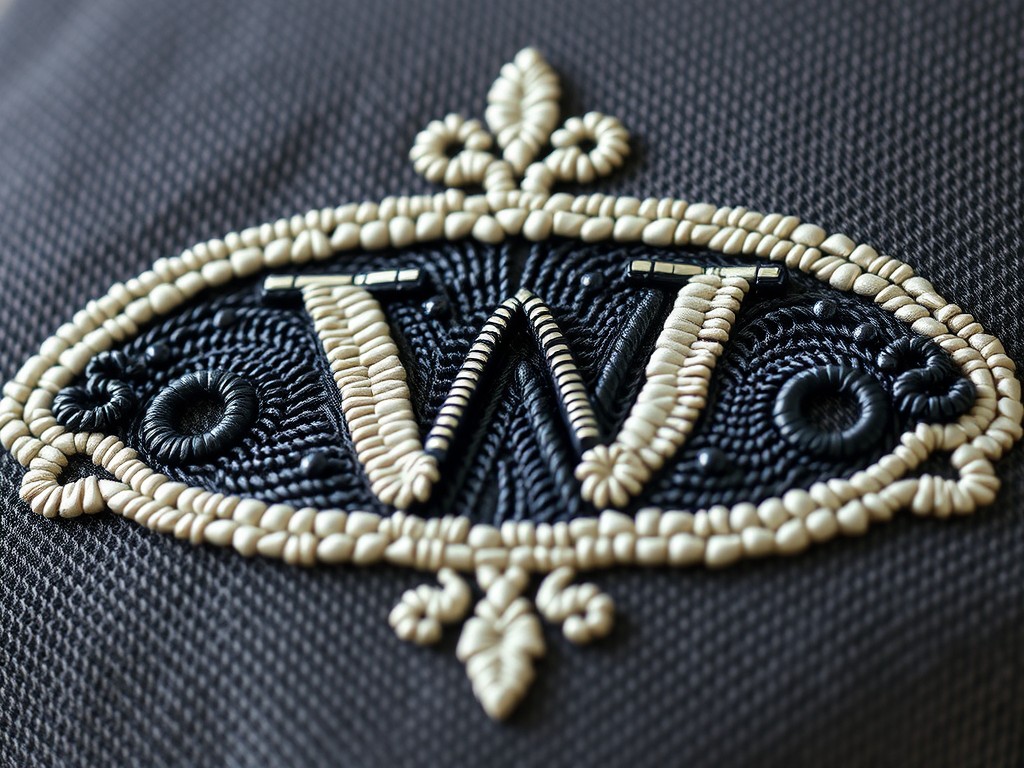Preparation for a Salon-Quality Pedicure
To achieve a salon-quality pedicure at home, the initial preparation of your feet is crucial. Begin by thoroughly cleaning your feet to remove any dirt and bacteria. Following this, soak your feet in warm water for about 10 to 15 minutes to soften the skin and nails. This step is vital as it prepares your feet for exfoliation and other pedicure steps.
The environment plays a key role. Choose a comfortable, well-lit area where you can easily access all your pedicure tools. Ensure you have essential tools ready, including nail clippers, files, and a pumice stone for tackling rough spots and calluses.
Have you seen this : Master the Art of Spring Layering: Essential UK Style Tips for Chic Seasonal Outfits
It’s also important to consider your foot type when selecting pre-pedicure treatments. For dry feet, opt for a hydrating soak or mask. If your feet are prone to peeling or calluses, a more intensive exfoliating treatment might be necessary.
Every pedicure preparation should be tailored to individual foot care needs, thus enhancing the overall effectiveness of your DIY pedicure. By selecting the right tools and environment, you set the foundation for a relaxing and successful pedicure session.
Also to discover : Comprehensive handbook: proven techniques to banish hair product buildup once and for all
Essential Tools and Products
When embarking on a DIY pedicure, equipping yourself with the proper pedicure tools and foot care products is essential. Start with the basics: nail clippers and buffers to trim and shape the nails smoothly. A pumice stone or foot file is crucial for removing dead skin and tackling troublesome calluses, ensuring a soft finish.
Foot care products can enhance your pedicure experience significantly. For exfoliation, a high-quality scrub can do wonders by sloughing off dead skin, leaving feet feeling rejuvenated. Post-exfoliation, rich creams or oils are ideal for hydration, locking in moisture and keeping your skin supple.
Choosing quality nail polish is also key. Opt for durable options that offer chip resistance and a smooth finish. A good topcoat can add extra protection and extend the longevity of your polish, giving you that desirable salon-quality look.
Investing in these essential tools and products can transform your home pedicure into a relaxing, effective routine. By prioritising quality, you ensure that each step of the pedicure process contributes to achieving the best, long-lasting results.
Step-by-Step Pedicure Techniques
Achieving a salon-quality pedicure involves mastering precise pedicure techniques. Begin by properly filing and buffing your nails, shaping them according to your preferred style. Whether you favour a square or oval shape, precision here enhances overall aesthetics.
Exfoliation is essential for soft feet. Gently use your pumice stone to remove dead skin, focusing on areas prone to calluses. Follow up with a rich cream or oil, massaging in circular motions to keep your skin hydrated and supple.
When it comes to nail painting, ensure each layer is applied thinly. Start with a base coat to protect your nails, followed by two coats of your chosen colour. Allow each coat to dry thoroughly before proceeding to ensure a smooth application. Finish with a topcoat for added durability and shine, extending your polish’s life.
By paying attention to these pedicure techniques, you’re not just perfecting your nails but also enhancing your foot care routine. This is a crucial step in maintaining beautiful, salon-like results at home, ensuring every detail of your pedicure receives the attention it deserves.
DIY Methods for Different Nail and Foot Types
When planning your home pedicure preparation, consider the specific characteristics of your feet and nails for optimal results. Different nail types necessitate unique shaping methods to achieve the best appearance. For instance, if you tend to have brittle nails, opt for gentle filing with a fine-grit buffer to prevent unnecessary breakage.
Focusing on common foot conditions, such as calluses and rough skin, is crucial during your pedicure steps. Overcome these challenges by dedicating extra attention to exfoliation techniques. Employ a pumice stone gently on callused areas, enhancing the foot care regimen to ensure smoother skin.
Dealing with specific issues, like ingrown nails, requires careful handling. If prone to this condition, shape your nails straight across to minimise the chance of ingrowth. Tailor your pedicure routine based on personal preferences and foot needs, ensuring a truly bespoke experience.
Without a one-size-fits-all approach, recognising the diversity in foot care needs enhances your DIY pedicure’s effectiveness. This allows you to cater to your specific nail and foot types, ensuring a bespoke and satisfying home pedicure experience.
Post-Care for Lasting Results
To ensure your salon-quality pedicure lasts longer, focus on a robust post-pedicure care routine. Start by consistently moisturising your feet to maintain skin softness and prevent dryness. Applying a rich foot cream daily can lock in moisture, which helps in extending the freshness and appearance of your pedicure.
Aside from hydration, consider nail care after pedicure. Protecting your nails is crucial for maintaining their strength and appearance. Keep an eye out for rough edges or chips, and smooth them with a gentle buffer if needed. This proactive maintenance keeps your nails tidy and in perfect condition.
Foot maintenance routines play an integral role between pedicures. Regular exfoliation of dead skin and the application of nourishing oils or creams will keep the skin smooth and supple, reducing the likelihood of issues such as calluses or rough spots.
To prolong the life of your pedicure, avoid exposing your nails to harsh environments without protection. Wear breathable socks and comfortable shoes, and consider applying a fresh topcoat every few days to reinforce your nail polish’s resilience, keeping your pedicure vibrant and chip-free.
Common Mistakes and Tips for Improvement
Achieving a perfect home pedicure preparation can sometimes be tricky, as many fall into common pitfalls during the process. One frequent mistake is neglecting the pedicure steps, such as skipping the crucial soaking phase. This can lead to incomplete exfoliation and difficulty managing cuticles. To mitigate this, ensure your feet are adequately soaked and softened, which eases subsequent steps and enhances overall foot care.
Incorrect use of pedicure tools, like aggressive filing, often results in brittle nails and uneven shaping. Always file gently and in one direction to preserve nail integrity. Invest time in learning precise techniques to avoid splitting or weakening your nails.
A typical challenge in DIY pedicures is achieving a smooth nail polish finish. To overcome smudging, apply thin layers and allow ample drying time between coats. Use a quick-dry topcoat to reduce waiting periods and increase polish longevity.
By focusing on avoiding these common pedicure mistakes and integrating expert advice into your routine, you can significantly improve your DIY pedicure skills, ensuring your feet look polished and professional every time.











